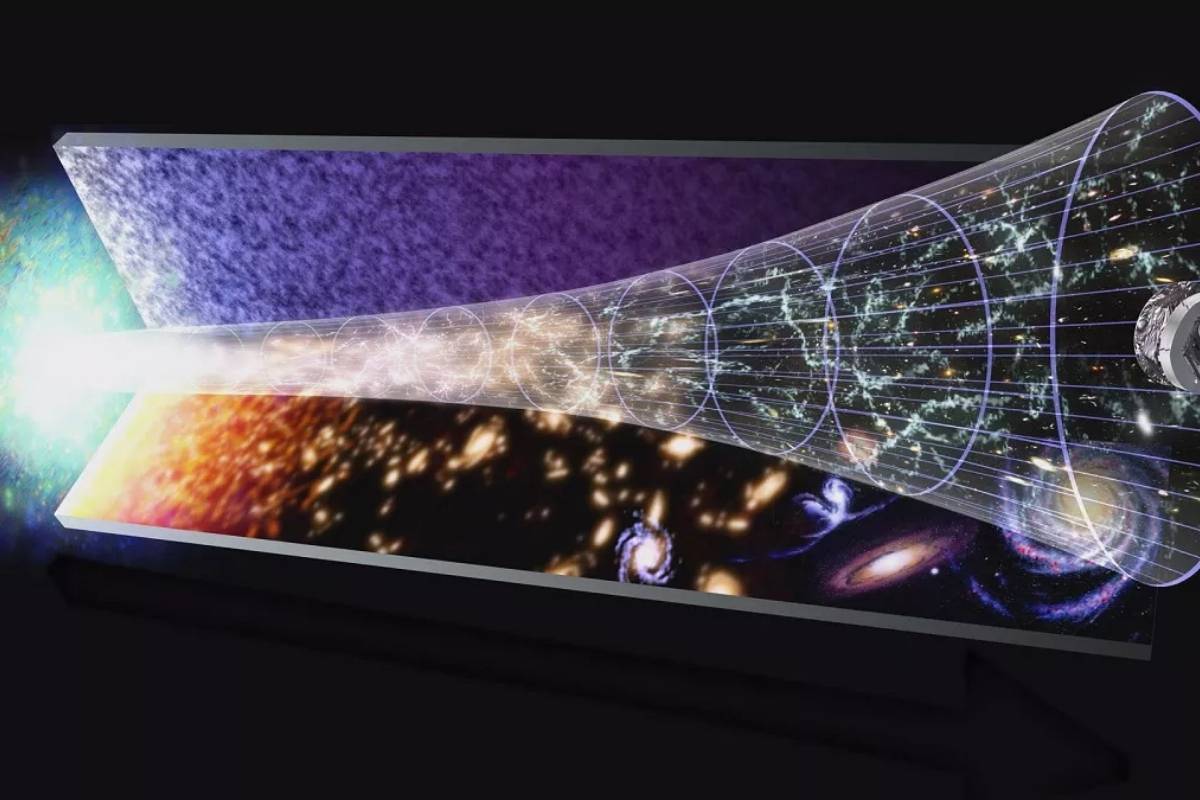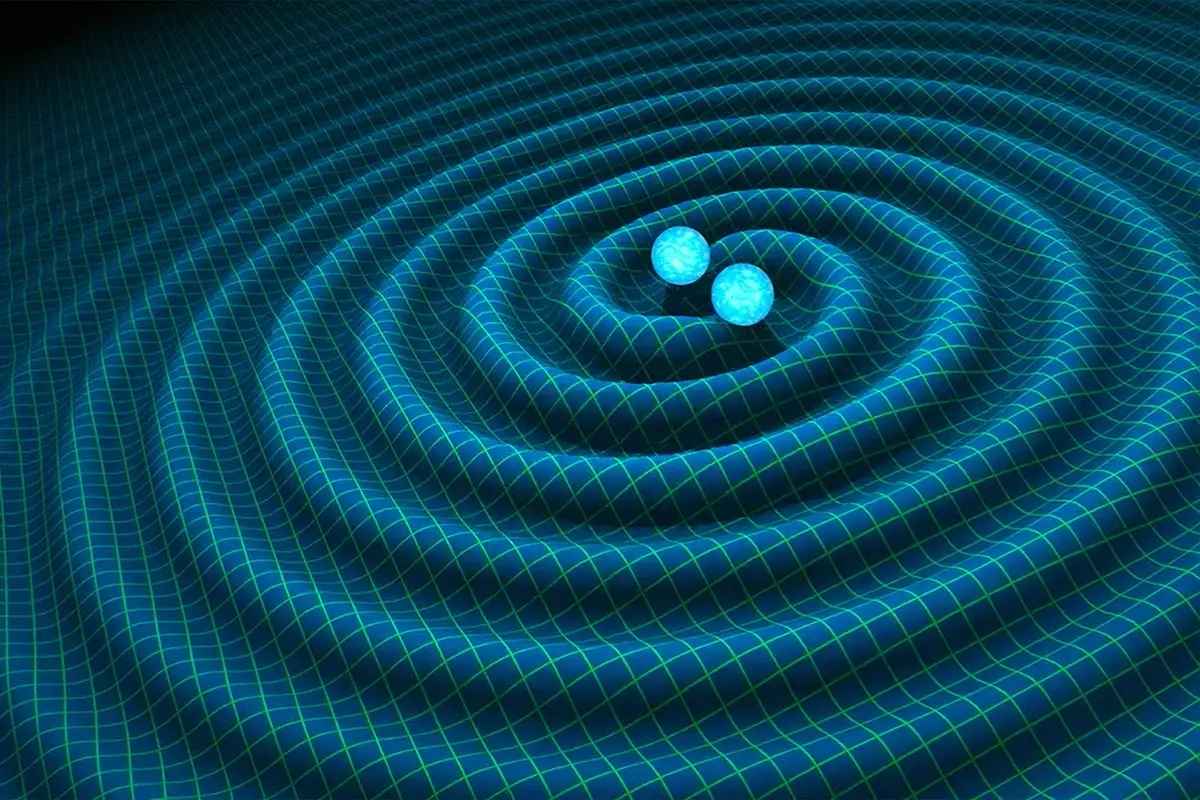The universe as we know it began with the Big Bang, a cataclysmic explosion that set everything in motion nearly 13.8 billion years ago. But long after the initial blast, remnants of this cosmic birth still linger. These echoes, known as the Cosmic Microwave Background (CMB) radiation and other ancient signals, provide vital clues about the universe’s infancy, structure, and evolution. Scientists have spent decades tuning into these forgotten signals, attempting to decode the secrets they hold. In this article, we’ll explore what these echoes are, how we detect them, and what they reveal about our universe’s past and future.
The Nature of Big Bang Echoes
The echoes of the Big Bang are essentially residual signals that have been traveling through space since the dawn of time. These signals include:
- Cosmic Microwave Background (CMB) Radiation: The faint glow of the universe’s earliest light, first detected in 1964 by Arno Penzias and Robert Wilson.
- Gravitational Waves: Ripples in spacetime caused by violent cosmic events, possibly even from the universe’s earliest moments.
- Neutrino Background Radiation: A theoretical remnant of the Big Bang, consisting of nearly massless particles that permeate the cosmos.
- Light from the First Stars and Galaxies: The oldest photons still detectable, offering glimpses into the first few hundred million years after the Big Bang.
Each of these signals tells a unique part of the universe’s origin story, helping scientists refine models of cosmic evolution.

The Cosmic Microwave Background (CMB) Radiation
Discovery and Importance
The most well-known and extensively studied echo of the Big Bang is the CMB radiation. When the universe was about 380,000 years old, it had cooled enough for atoms to form, allowing light to travel freely for the first time. This primordial light has been stretching and cooling ever since, now appearing as microwaves filling the cosmos.
Mapping the Universe’s Baby Picture
Space missions such as NASA’s COBE, WMAP, and the European Space Agency’s Planck satellite have created highly detailed maps of the CMB. These maps reveal slight temperature fluctuations, which correspond to density variations in the early universe. These variations eventually led to the formation of galaxies, stars, and planets.
What CMB Tells Us
- The age of the universe (13.8 billion years)
- The proportion of dark matter and dark energy
- The geometry of the universe (flat, based on current data)
- The seeds of galaxy formation
Gravitational Waves: Ripples from the Dawn of Time
The Role of Gravitational Waves
Albert Einstein’s general theory of relativity predicted the existence of gravitational waves, ripples in spacetime caused by massive cosmic events. In 2015, the Laser Interferometer Gravitational-Wave Observatory (LIGO) made history by directly detecting these waves, confirming Einstein’s century-old prediction.

Primordial Gravitational Waves
Beyond waves from merging black holes and neutron stars, scientists believe there could be gravitational waves originating from the inflationary period—a split-second expansion right after the Big Bang. If detected, these waves could confirm theories about how the universe expanded faster than the speed of light in its first moments.
Current and Future Efforts
Projects such as LISA (Laser Interferometer Space Antenna) aim to detect these primordial gravitational waves, which could serve as direct evidence of the earliest moments of cosmic history.
The Cosmic Neutrino Background: The Ghostly Remnants
Neutrinos are nearly massless subatomic particles that hardly interact with matter, making them incredibly difficult to detect. Scientists theorize that a cosmic neutrino background (CNB) was produced seconds after the Big Bang and still exists today.
Why It Matters
If detected, the CNB would:
- Confirm our understanding of the universe’s first seconds
- Provide insights into the fundamental forces that governed the early universe
- Help test models of high-energy physics beyond the Standard Model
Experiments such as IceCube in Antarctica and KATRIN in Germany are working to capture traces of these elusive neutrinos.
The First Light: Tracing the Universe’s Earliest Galaxies
While the CMB represents the first light of the universe, it’s not the first light from stars and galaxies. Astronomers look at ancient quasars and galaxies to study the “reionization period,” when the first stars began to shine.
The James Webb Space Telescope’s Mission
NASA’s James Webb Space Telescope (JWST), launched in 2021, has been peering deep into the cosmos to detect the first galaxies that formed. By analyzing these ancient structures, scientists can:
- Determine when the first stars ignited
- Understand how galaxies evolved from the early universe
- Trace the formation of elements essential for life
Challenges in Tracing the Universe’s Forgotten Signals
Cosmic Noise and Interference
The biggest challenge in detecting ancient signals is separating them from modern cosmic noise, such as emissions from galaxies, stars, and even human-made satellites.
Limitations of Current Technology
Although telescopes and detectors are advancing, current instruments have limitations. New generations of space observatories, including the Nancy Grace Roman Space Telescope, will provide even deeper insights.
Theoretical Uncertainty
Some signals, such as the cosmic neutrino background, remain purely theoretical. Until we can develop more sensitive detectors, some aspects of the universe’s earliest moments will remain a mystery.
The echoes of the Big Bang are still reverberating through space, waiting to be deciphered. Each discovery—whether from the CMB, gravitational waves, neutrinos, or early light—adds another piece to the puzzle of cosmic history. Scientists continue to push technological and theoretical boundaries to unlock the secrets of the universe’s forgotten signals.
By tuning into these ancient echoes, we are not only looking into the past but also gaining insights into the universe’s ultimate fate. The quest to trace these signals is far from over, and as our technology improves, we may soon uncover even deeper cosmic truths hidden in the universe’s earliest whispers.


